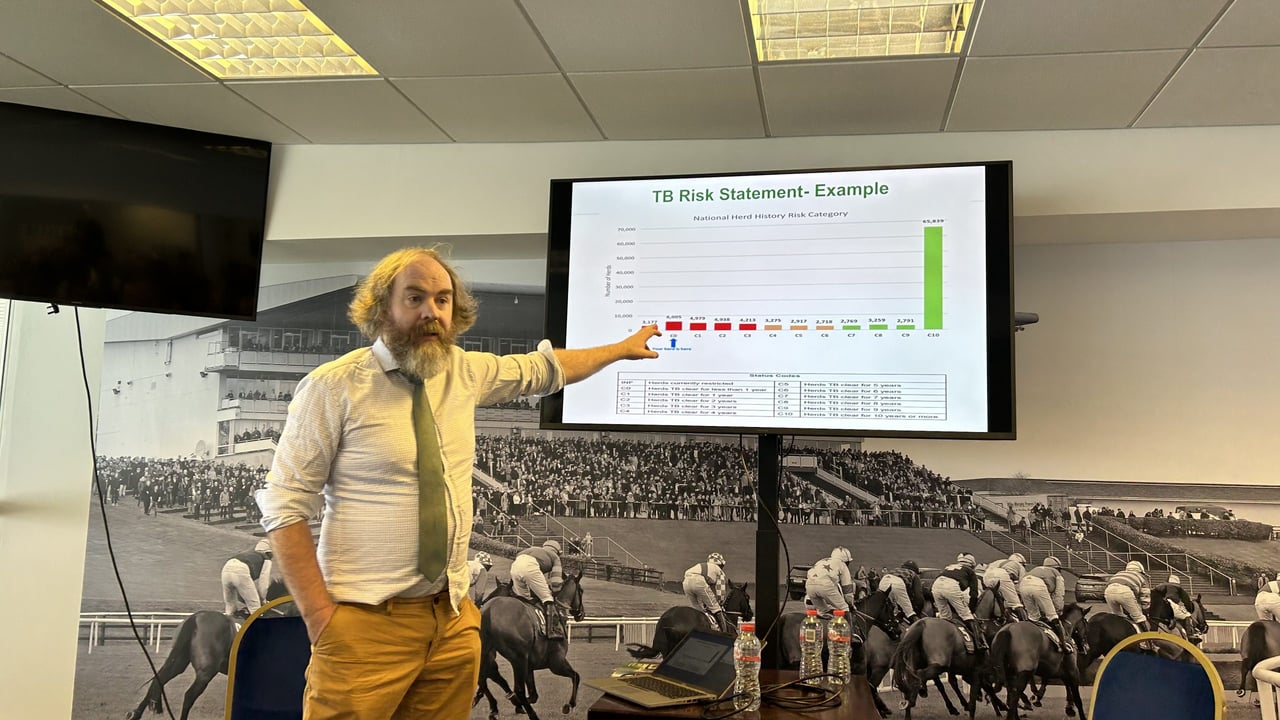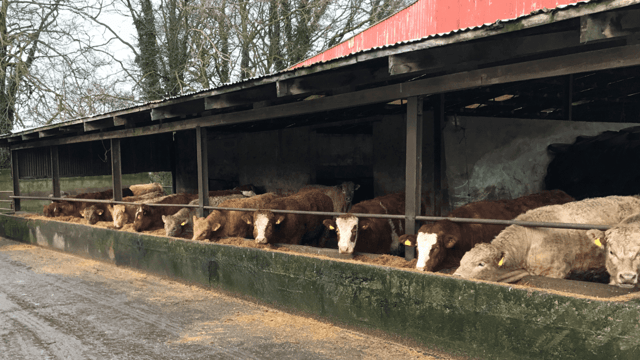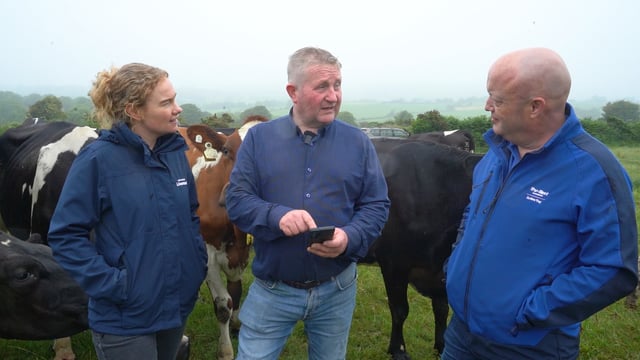Should you ask for a TB risk statement when buying cattle?
One of the workshops at the National Dairy Conference was addressing the issues around bovine tuberculosis (TB) and a TB risk statement was put on the board before farmers in which very few recognised.
Head of dairy knowledge transfer department at Teagasc, Dr. Joe Patton asked the farmers in the room whether they ask for the TB risk statement when they are buying stock, in which the majority admitted that it is not something that they look at.
Herds TB incidence rates are increasing from 3.72% in 2019 to 5.17% in 2024, resulting in 5,280 affected herds nationally in 2024 with data showing that dairy herds to be a greater risk of breakdown.
With TB cases rampant around the country, Patton urged for every famer to ask for the TB risk statement of the herd you are buying from as the last thing you want, is to buy in high risk heifers.
The workshop showed farmers on how to reduce the risk of introducing infection, and will offered insights and advice on managing the herd in the event of a TB outbreak.
The TB risk statement goes through the National herd's history and splits each herd into risk categories and it starts from infected herds up to herds that are clear for ten years or more.
INF on the report stands for infected and applies to herds that are currently restricted, C0 stands for herds that are clear of TB for less than one year and C10 stands for herds that are clear for ten years or more.
On the latest statement it shows that there are up to 9,000 herds infected or only clear for less than a year which further emphasised Patton's point of asking for the statement.
Patton asked the attendees, "would you buy stock off a herd that was down the latter end of the statement even if they were clear?" in which the attendees answered with a firm no.
The Department of Agriculture, Food and the Marine's (DAFM) Dr. Damien Barrett said that the statement can be generated on the Agfood portal.
Dr. Patton said "this statement is about informed decisions and we need to be careful where the progression of a disease can run through".
"We are not as aware as we should be at the risk level involved", Patton added.
Dr. Barret quoted Winston Churchill when talking about TB as he said "it's a riddle, wrapped in a mystery, inside an enigma" as he said it is a persistent pathogen that can survive in an environment for up to six months.
Farmers can protect their herd from TB by taking steps to address the risk factors for a breakdown which include:
- Cull any cattle, which were inconclusive at a previous test no later than the end of the current production cycle. Inconclusive cattle are 12 times more likely to be become reactors at a subsequent test;
- Likewise, cull any cattle which had bovine reactions at a previous TB test, these are 4-times more likely to become reactors at a subsequent test;
- Consider culling any older cattle, which were present at a previous restriction, particularly age cohorts of any infected cattle;
- When sourcing breeding replacements, source cattle from herds which have not been restricted in recent years and buy cattle with a recent test date. Cattle exposed to TB recently may have undetected infection and bring the disease into your herd;
- Ideally breed your own replacements to avoid the potential introduction of disease;
- If you haven’t already done so, locate all badger setts on your farm and notify the Department of Agriculture, Food and the Marine of any setts you find;
- Fence off the setts and latrines to prevent cattle consuming any grass potentially contaminated with TB bacteria (Mycobacterium bovis);
- Raise water and feed troughs to prevent badgers accessing them;
- Do not feed concentrates on the ground, as badger saliva can contaminate the area, when they eat any leftover feed;
- When selecting bulls for breeding, choose those bulls with greater genetic resistance for TB, based on the health traits sub-index of the EBI.
- Ensure good quality testing facilities and assistance are available for TB tests;
- Wash and disinfect any machinery and facilities which may be shared with neighbours;
- If you have your young stock contract-reared, ask the rearer to take steps to reduce the risk of TB.
Teagasc's Dr. Niamh Field talked about the accuracy of the TB skin test and talked about how the accuracy of the test can be defined by two metrics which is sensitivity and specificity.
A single TB skin test, the sensitivity is approximately 80% while the specificity is around 99.5% which means for every 100 infected animals, 80 will pick be picked as truly negative and the other 20 will go undetected, i.e. false negative.
However, only about 1 in 5,000 skin reactors will be a false negative in real terms, according to Dr. Field.
Repeating the skin test and using a complementary blood gamma interferon (GIF) test will increase the aggregate sensitivity of the testing schedule to over 95%.
The Teagasc advice for farmers is to be aware of the risk of false negative animals in your herd at a breakdown, and to take all necessary steps to identify and remove residual infection quickly.





